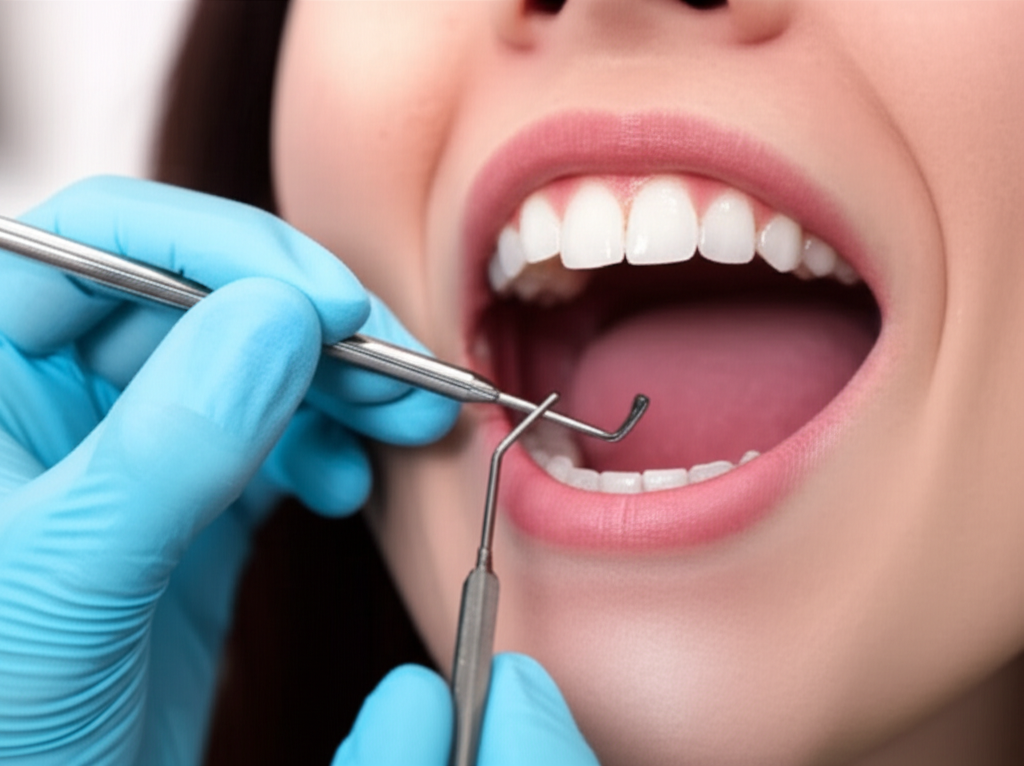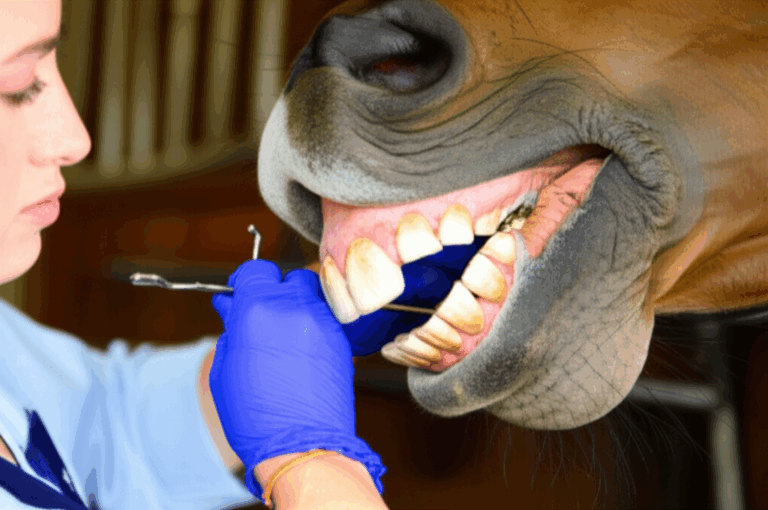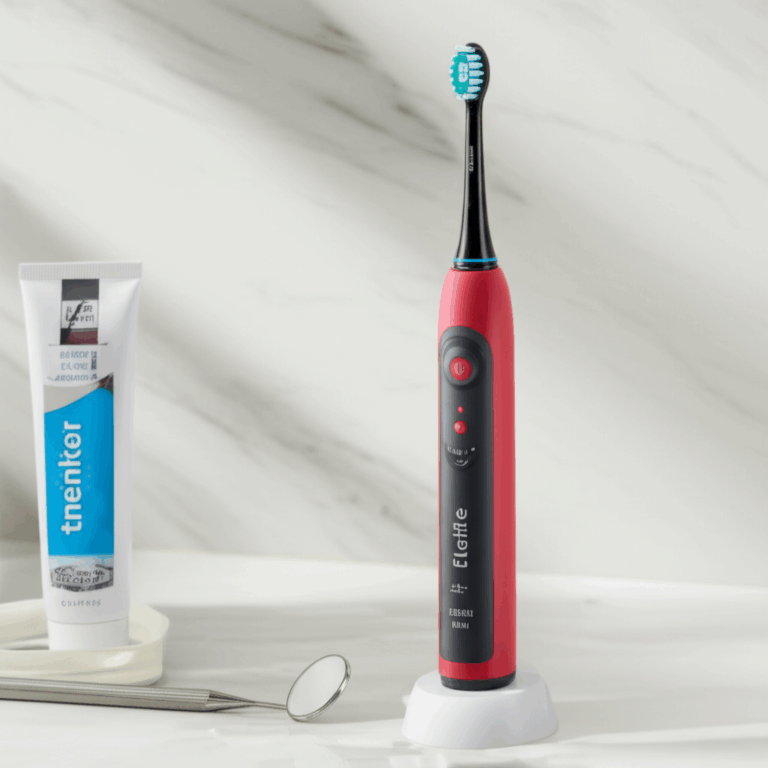
How Long Do Fillings Take at the Dentist? Your Complete Time Guide
That dentist visit coming up might make you a little nervous. If you’re reading this, you’re probably asking: How long does it actually take to get a filling at the dentist? Maybe you’re planning your day, worried about how it feels, or just want to know what’s coming.
You’re not alone. Most people don’t know what to expect from a dental filling—especially when it comes to how long it’ll take and if it’ll hurt. The good news? Getting a filling is very common. It often takes less time (and is easier) than you’d think. Still, how long it really takes can change a lot, for reasons you may not realize.
Whether you’re trying to fit it in during your break or wondering if you need to move things around, here’s what you can truly expect—no confusing words, and with as much care as possible.
In This Article
- The Quick Answer & Why It Varies
- The Average Filling Appointment Duration
- Key Factors Influencing Filling Time
- Step-by-Step: What Happens During Your Filling Appointment (Time Breakdown)
- What to Expect Immediately After Your Filling
- Tips for a Smooth & Efficient Appointment
- Plan for the Average, Prepare for the Variables
- Frequently Asked Questions (FAQs)
The Quick Answer & Why It Varies
Here’s the main thing you want to know: How long does a filling take?
For most people, a regular dental filling lasts between 20 and 60 minutes for each tooth. But remember—it’s not the same every time.
Think of it like taking your car in for repairs. If you just need a quick oil change, you’re out fast. But if there’s a big problem, it takes a lot longer. Teeth are kind of the same. A tiny cavity is quick and easy, but a deep one takes longer.
And just like who fixes your car or what parts they use matters, so does the kind of filling you get, how comfortable you are, and even the tools your dentist uses.
Big reasons your filling time might be different:
- How big and deep the cavity is
- Which filling material the dentist picks
- Where the tooth is in your mouth
- How many fillings you’re getting at one time
- How comfortable or nervous you feel
- How your dentist works, and how fast the office runs
So, while a “normal” filling can be pretty fast, let’s look closer at what can change how long you’ll be there.
The Average Filling Appointment Duration
It’s helpful to know how long to expect, especially if you’re busy or worried. Here’s a basic idea, coming from what real dental offices say:
- Small/Single Cavity (white or silver): 20–40 minutes per tooth
(Like patching a small hole—super quick.)
- Medium Cavity, More Than One Side: 40–60 minutes per tooth
(A little more work, but still pretty quick.)
- Getting Several Fillings at Once (2–3 teeth): 60–90+ minutes total
(More at once can save you trips, though the visit will take longer.)
- Big or Hard-to-Reach Fillings: up to 90 minutes or more
(Deep or tricky spots take a bit longer.)
Your actual time sitting with your mouth open is almost always less than an hour for one filling. But with checking in, numbing, and talking with the team, your total time at the office will be a bit longer.
Key Factors Influencing Filling Time
Have you ever wondered why some people have a fast filling while others are in the chair forever? These are the main reasons:
A. Type of Filling Material
White (Composite) Fillings:
These are very common now—especially up front where people can see them. The dentist matches them to your tooth, but it takes a few extra steps: cleaning, preparing the area, then adding layers of filling, hardening each with a special light. It takes a bit longer, but looks just like your real tooth.
Silver (Amalgam) Fillings:
Still used for back teeth you can’t see much. They’re usually quicker to put in because it’s one big piece, not lots of layers.
Gold, Porcelain, and Glass Ionomer:
Gold or porcelain fillings (inlays/onlays) often need two visits: one for making a mold, one for putting it in. Glass ionomer is sometimes used for kids or areas where you don’t bite much; it’s quick to apply.
Tip: If you want to learn more about filling materials, this dental ceramics lab guide explains what’s used and why.
B. How Big and Deep the Cavity Is
A small, shallow cavity barely takes any time. A big, deep cavity or one covering more than one side? That takes extra care, so it takes longer.
C. Where the Tooth Is
Yep, the harder it is for the dentist (or you) to reach, the longer it can take. Front teeth are simple. Back teeth way in the corner take extra careful work, especially if your mouth gets tired and you need a little break.
D. How Many Fillings You’re Getting
One filling? Quick in and out. Several in one sitting adds some time, but you only need to get numb once.
E. Patient Factors
You matter, too! Kids, people who are nervous, or folks with a strong gag reflex may need extra time or short breaks. Just talk to your dentist—they want you to be comfortable.
F. Dentist’s Skills & Tools
Every dentist works a bit differently. Dentists who have done this many times can go a bit faster, and new tools (like special lights or laser drills) can save time, too. If you’re curious, a digital dental lab can help make things move along faster.
G. What Happens Before the Filling
Your appointment doesn’t start when you open your mouth. X-rays, a quick check, and talking through what’s next all adds a few minutes at the start.
Step-by-Step: What Happens During Your Filling Appointment (Time Breakdown)
Knowing what will happen step by step can really help ease your mind. Here’s what a filling visit usually looks like:
A. Arriving & Getting Ready (5–10 minutes)
- Check in, do or update any forms
- Wait for a few minutes
- Any last questions before you start
B. Getting Numb (5–10 minutes, plus 5–15 minutes for it to work)
- A numbing cream is put on your gum first
- Then a dentist gives a numbing shot—usually feels like a quick pinch
- Sit back and wait for everything to go tingly and numb
C. Cleaning & Preparing the Tooth (10–30 minutes)
- The dentist removes all the bad stuff (decay) with a drill or, sometimes, a newer tool like a laser
(Drills are noisy but make this part fast.)
- The dentist shapes the tooth so the filling stays put
- Sometimes they use a special rubber sheet to keep your tooth dry—takes just a second
D. Putting in the Filling (10–25 minutes, depends what kind)
White Fillings:
- Dentist uses a special gel to get the tooth ready
- Then puts a sticky liquid on it
- Places a few layers of white resin, quickly hardens each with a blue light
Silver Fillings:
- Puts the silver stuff in all at once, then shapes it to fit
Other types:
- Gold, porcelain, or glass fillings have other steps, but are usually quick unless you need outside lab work
E. Shaping, Polishing & Checking Your Bite (5–10 minutes)
- Dentist smooths everything out and checks if your teeth fit together right
- Finishes with a shine—no sharp edges for your tongue
F. Aftercare Talk & Finishing Up (5 minutes)
- Dentist or helper talks about what to expect: numbness, what to eat, and how to care for your tooth
- Schedule a checkup if needed
- You’re done!
Want more about what materials are in your filling? This crown and bridge lab page explains it in simple terms.
What to Expect Immediately After Your Filling
It’s normal to feel a little odd when you leave, especially if your mouth is still numb.
You could feel:
- Tingling, drooling, or like your cheek is too big
- Sensitive to hot, cold, or sweet things
- Sore where you got the numbing shot, or just from being open wide
Tips After Your Appointment:
- Don’t chew on the numb side (it’s easy to bite your cheek and not notice)
- Wait until you can feel your mouth again before eating anything hard or hot (could take 1–3 hours)
- Brush gently; your tooth might be a bit sensitive
- If your teeth don’t fit together right after the numb feeling goes away, call your dentist—they can fix that fast
Most people go back to normal stuff the same day. You probably won’t feel any real pain, just small aches if anything.
Want more aftercare tips? This patient dental resource has more info on what to do.
Tips for a Smooth & Efficient Appointment
Want to have your visit go as quickly and easily as possible? Try these tips:
- Show up a little early: Makes the whole day less rushed.
- Tell the dentist if you’re nervous: They know how to help you relax. Just tell them what’s on your mind.
- Follow any prep instructions: Your dentist might want you to eat or skip food before you come—just ask!
- Bring any questions: Knowing what’s happening can make you more relaxed.
- Share your health history: Medicines or health issues (like blood thinners) might change things.
- Need extra help, like for anxiety? Let the office know before your visit—it could affect how long you’re there.
Plan for the Average, Prepare for the Variables
Here’s the simple summary: Most dental fillings take about 20 to 60 minutes per tooth, start to finish.
But every person and every tooth is a little different. Bigger or tricky fillings, and more than one tooth, mean you’ll be in the chair longer. A fast dental team—or newer tools from a 3d dental lab—can make everything move even faster.
Whenever you’re unsure, ask your dentist exactly how long you should expect for your visit (and what could make it longer or shorter). Asking questions not only gives you good answers—it makes things feel safer and better for everyone.
Frequently Asked Questions (FAQs)
1. Can I get more than one filling at a time?
Yes, dentists can often do two or three fillings at once, especially if they’re close together. You save time, and only get numb once. The appointment will be longer, but you’re done faster overall.
2. Will a filling hurt?
Most people don’t feel pain during the visit. The numbing shot keeps you comfy. You might feel pushing, or strange noises, but it shouldn’t hurt. Afterwards, your tooth may be a little sensitive for a few days—usually nothing more than that.
3. How long until the numb feeling goes away?
Usually, you’re numb for 1–3 hours, depending on where the dentist put the shot and how fast your body breaks it down.
4. When can I eat after a filling?
Wait until you’re not numb. For white (composite) fillings, you can usually eat right away once you feel normal. For silver fillings, your dentist may tell you to wait a couple hours.
5. Is it faster to replace a filling than to get a new one?
Often, yes—if there isn’t new decay. But sometimes, getting the old filling out can take a little while, depending on what it’s made of.
Your Filling Appointment in a Nutshell: Key Takeaways
- Most fillings take 20–60 minutes per tooth (add more time if you’re getting several in one day).
- Lots of things can change the time, like the size of the cavity, where it is, and which filling you get.
- Talk about any worries before you start. Dentists want you comfortable.
- Newer tools make fillings faster and easier all the time.
- It’s normal to be nervous—knowing what to expect helps a lot. The more you know, the smoother it’ll go.
If you’re still not sure, ask your dentist. No question is silly—everyone is new to this at first!
Sources and Helpful Places:
- American Dental Association (ADA): Fillings
- Mayo Clinic: Dental Fillings Overview
- Information based on dental office standards
Be the Boss of Your Smile
Knowing how long your filling might take is a great way to feel calm and in control. Fillings don’t just fix a tooth—they help keep your mouth healthy, pain-free, and smiling.
Still have questions or need special advice? Reach out to your dentist and ask away. Your teeth deserve the best at every visit.








